The Quiraing: Skye’s Shifting Giant of Stone and Story
In August 2019, I stood at the edge of the Quiraing, wind whipping through my jacket, eyes wide at the surreal landscape unfolding before me. Located on the northern Trotternish Peninsula of the Isle of Skye, the Quiraing isn’t just a hike—it’s a journey through geological time and Highland legend. With jagged pinnacles, grassy plateaus, and landslide-sculpted cliffs, it feels like nature’s own cathedral—haunting, majestic, and alive.

🏞️ What Is the Quiraing?
The Quiraing (from Old Norse Kví Rand, meaning “Round Fold”) is part of the Trotternish Ridge, a dramatic escarpment that runs along Skye’s northeastern spine. It’s a landscape unlike any other in Scotland—an 8.5-kilometer stretch of twisted rock formations, steep cliffs, and grassy hollows that seem to defy gravity and logic.
The area is still geologically active, moving a few centimeters each year due to the instability of the underlying rock. In fact, the road beneath the Quiraing must be repaired annually as the land continues its slow, relentless shift toward the sea.

🧭 Geological Origins: A Land in Motion
To understand the Quiraing, you have to go back—way back. Around 175 million years ago, during the Jurassic Period, Skye was submerged beneath warm, shallow seas teeming with prehistoric life. Sedimentary rocks like sandstone, shale, and limestone formed from compacted layers of ancient seabeds and swamplands.
Then came the chaos. As the Atlantic Ocean began to form and continents drifted apart, massive fissures opened in the Earth’s crust. Molten lava poured out, covering the Jurassic rock in thick layers of basalt. Over time, the weight of these lava flows fractured the land beneath, and gravity took over. The entire Trotternish Ridge began to tip eastward, triggering a series of colossal landslides—the largest of their kind in the UK.
The Quiraing is the most dramatic result of this upheaval. It’s a living landslip, still shifting and cracking, creating a labyrinth of leaning lava rocks, weathered buttresses, and eerie formations.

🏰 Landmarks of Legend
The Quiraing is home to several named features, each steeped in folklore and visual drama:
- The Needle: A jagged 120-foot pinnacle that pierces the sky like a stone spear.
- The Prison: A bulky rock formation resembling a medieval keep, said to have once served as a hiding place for cattle during clan raids.
- The Table: A flat grassy plateau hidden within the cliffs, so level that it was reputedly used for shinty matches by locals seeking refuge from invaders.
These names aren’t just poetic—they reflect the Quiraing’s role in Highland life. During times of clan warfare, the area’s natural defenses made it an ideal hiding spot for livestock and people alike.
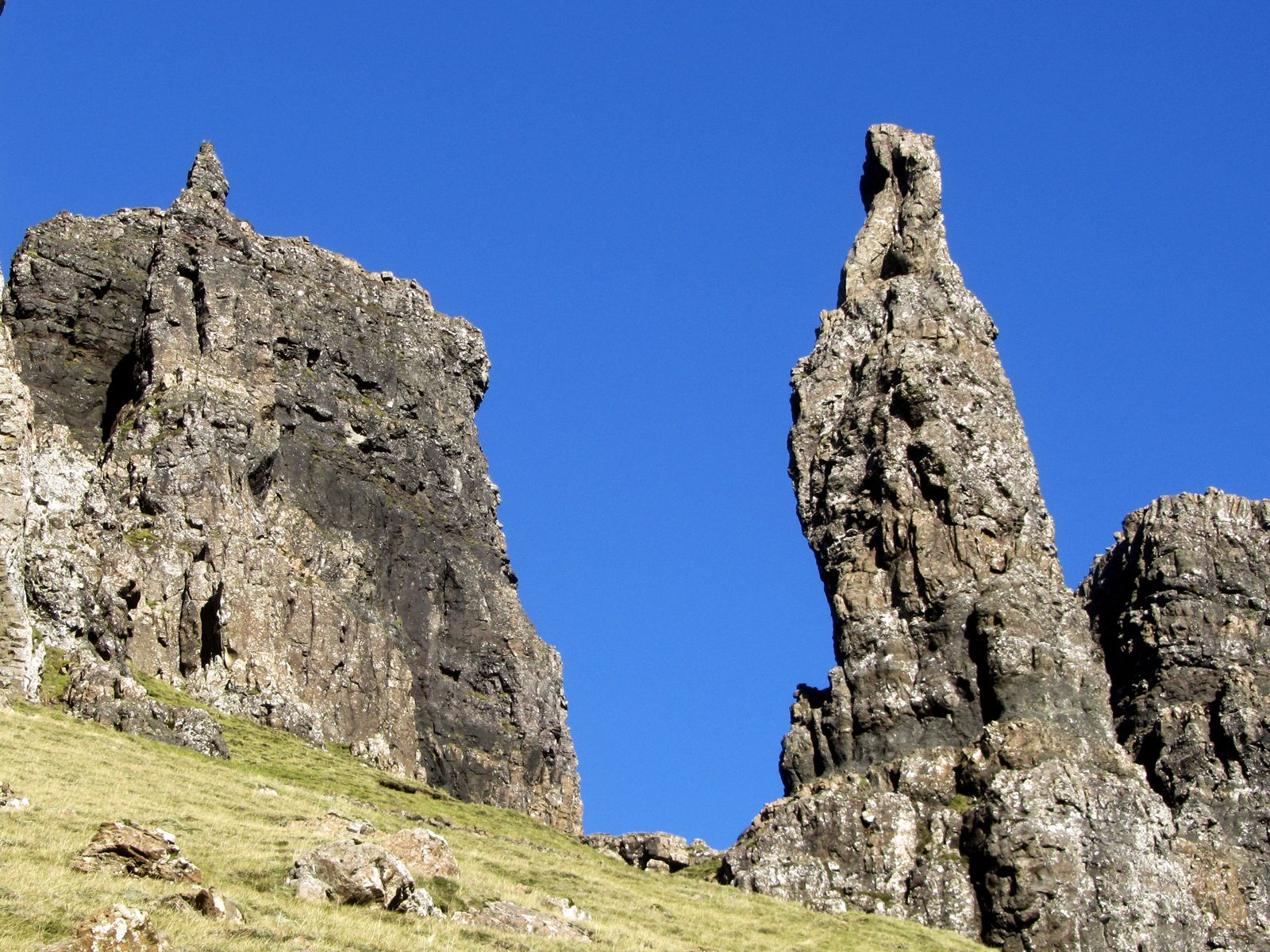
🛡️ Historical Significance: Clans and Conflict
The Trotternish Peninsula, including the Quiraing, was historically dominated by Clan MacDonald of Sleat and Clan MacLeod. These powerful Highland clans often clashed over territory, resources, and allegiance. The Quiraing’s remote and rugged terrain made it a strategic refuge during these turbulent times.
The MacDonalds, descended from the Lords of the Isles, held sway over much of northern Skye. Their seat at Duntulm Castle, just north of the Quiraing, was a center of power and conflict. Clan MacLeod, whose stronghold was Dunvegan Castle on the west coast, also laid claim to parts of Trotternish, leading to centuries of feuding.
During the Highland Clearances of the 18th and 19th centuries, many crofting families were evicted from the area to make way for sheep farming. The scars of these clearances remain in the land—abandoned crofts, stone walls, and oral histories passed down through generations.

🚶 Hiking the Quiraing: A Journey Through Time
The Quiraing Loop is a 7-kilometer trail that takes hikers through the heart of this geological marvel. It’s moderately challenging, with steep ascents, narrow paths, and unpredictable weather. But the rewards are immense: panoramic views of the sea, the Outer Hebrides, and the shifting shadows of Skye’s mountains.
Fog often rolls in suddenly, adding an ethereal quality to the hike. One moment you’re in bright sunlight, the next you’re enveloped in mist, with rock spires looming like ancient sentinels.

🌌 A Nightmare of Nature
Scottish poet Alexander Smith once described the Quiraing as “a nightmare of nature”. It’s easy to see why. The landscape is surreal, almost alien—yet deeply rooted in the Earth’s history and Scotland’s soul.
Whether you’re drawn by geology, history, or sheer beauty, the Quiraing offers an experience that’s both humbling and exhilarating. It’s a place where the land tells stories—of ancient seas, volcanic fury, clan battles, and quiet resilience.
If you ever find yourself on the Isle of Skye, don’t just admire the Quiraing from afar. Walk it. Feel it. Let it move you—just as it continues to move, inch by inch, toward the sea.
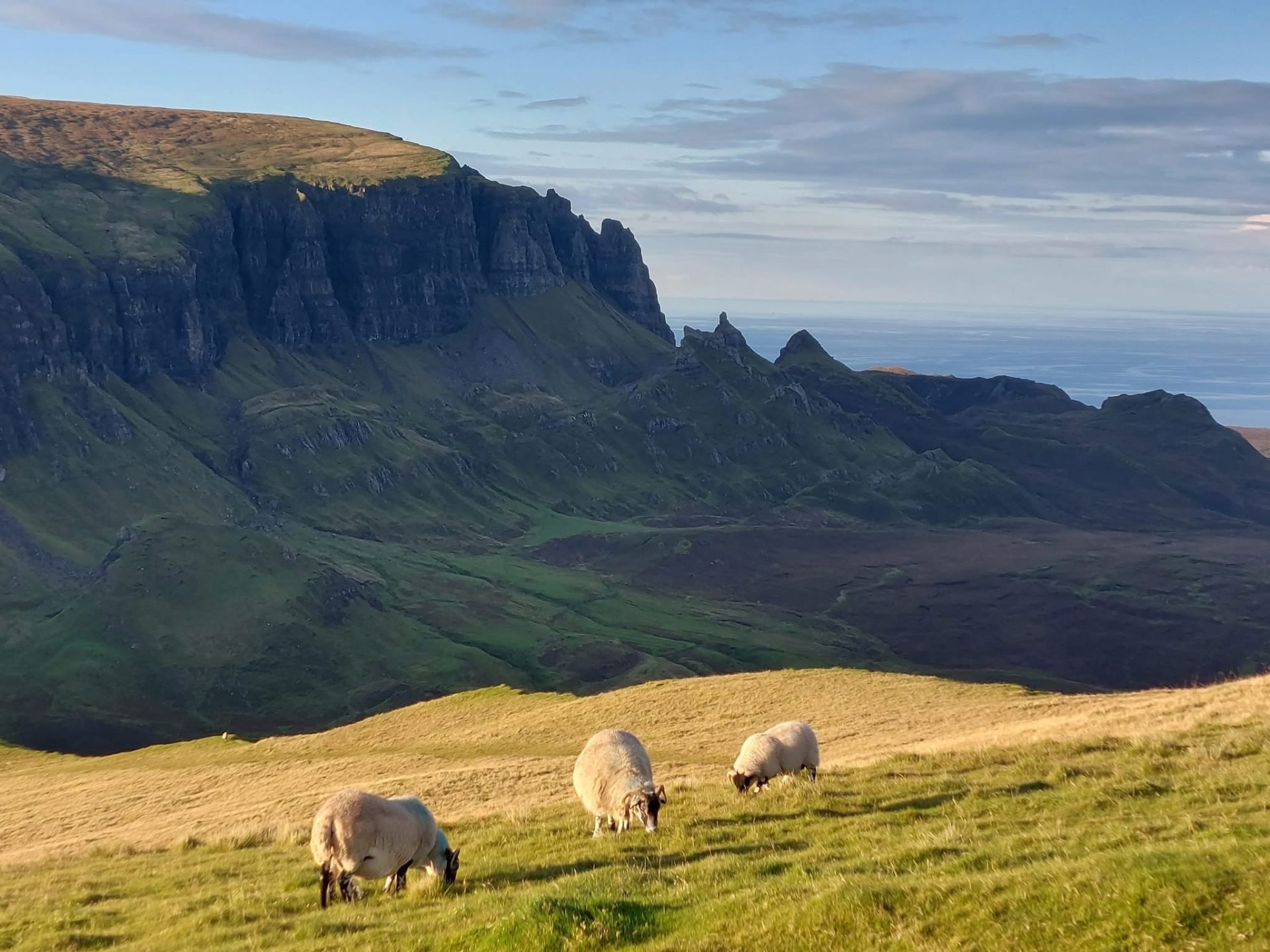
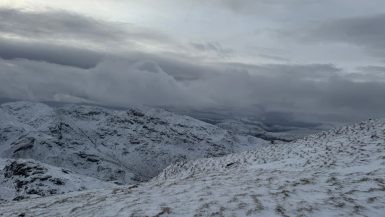
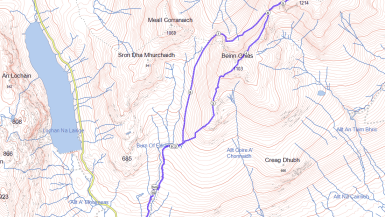
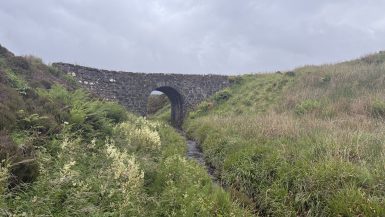
Leave a reply
You must be logged in to post a comment.